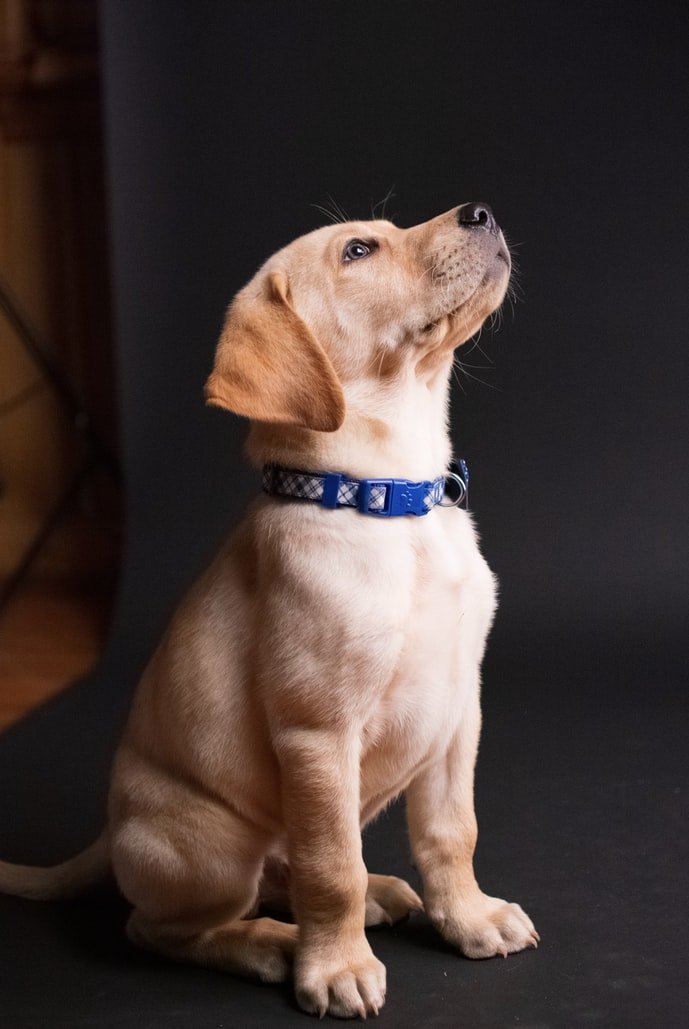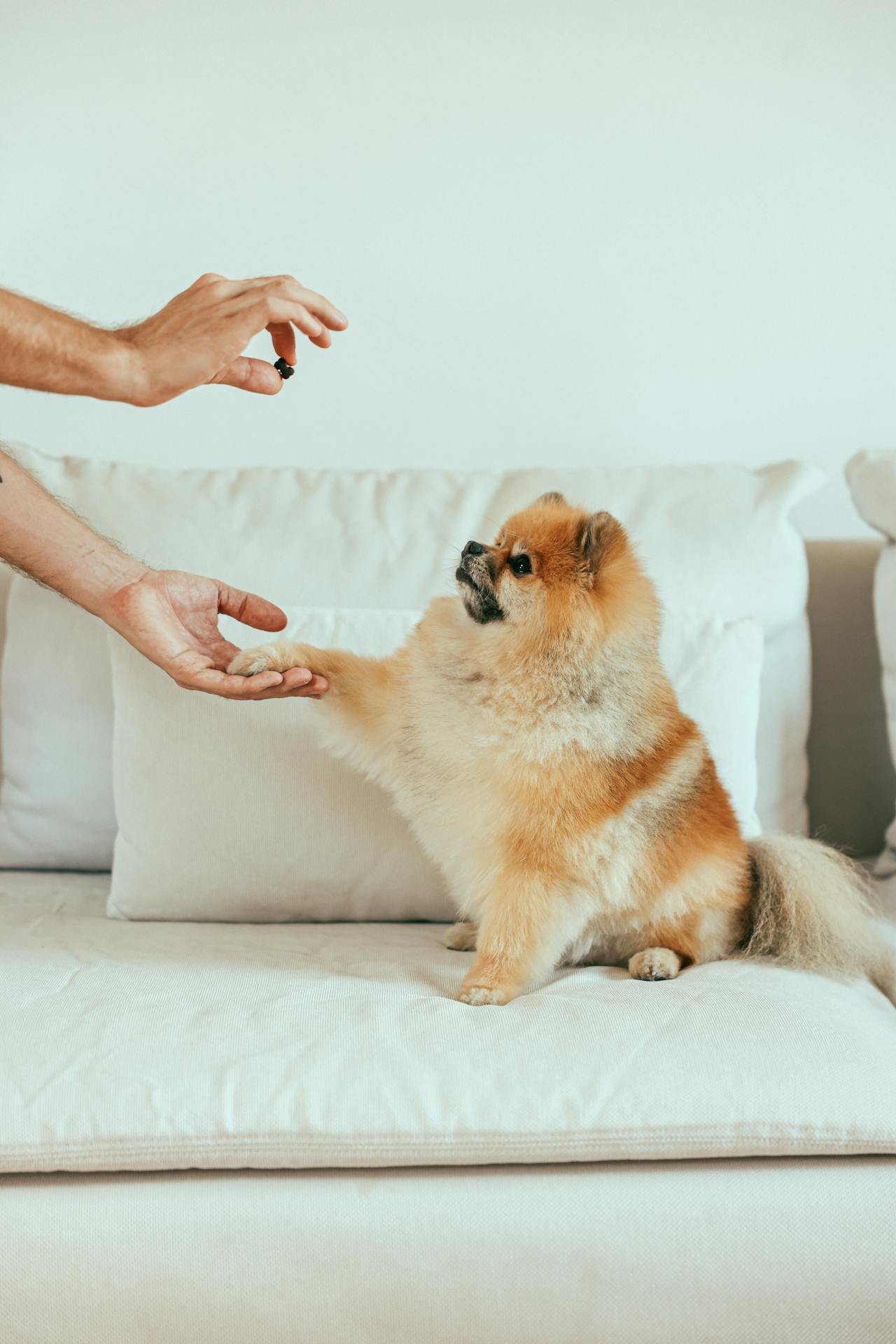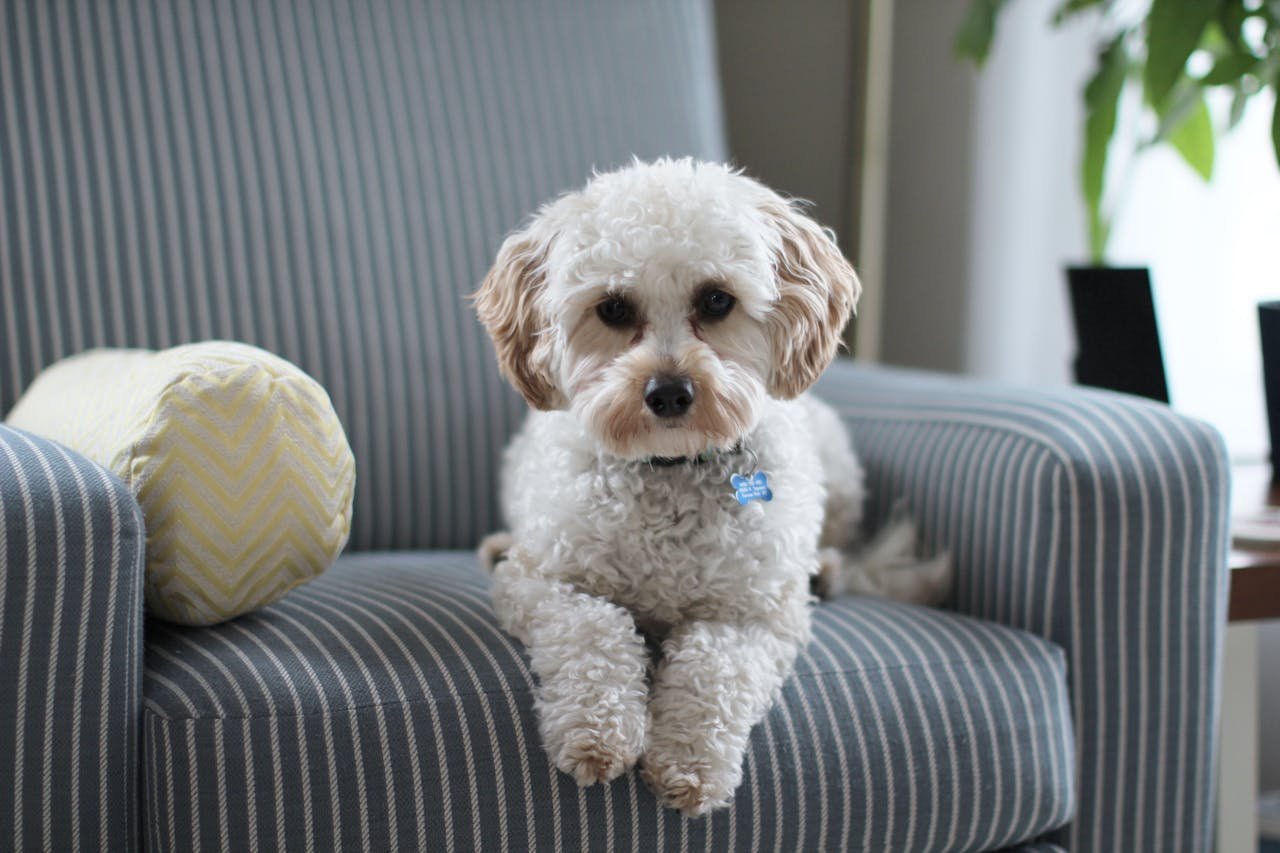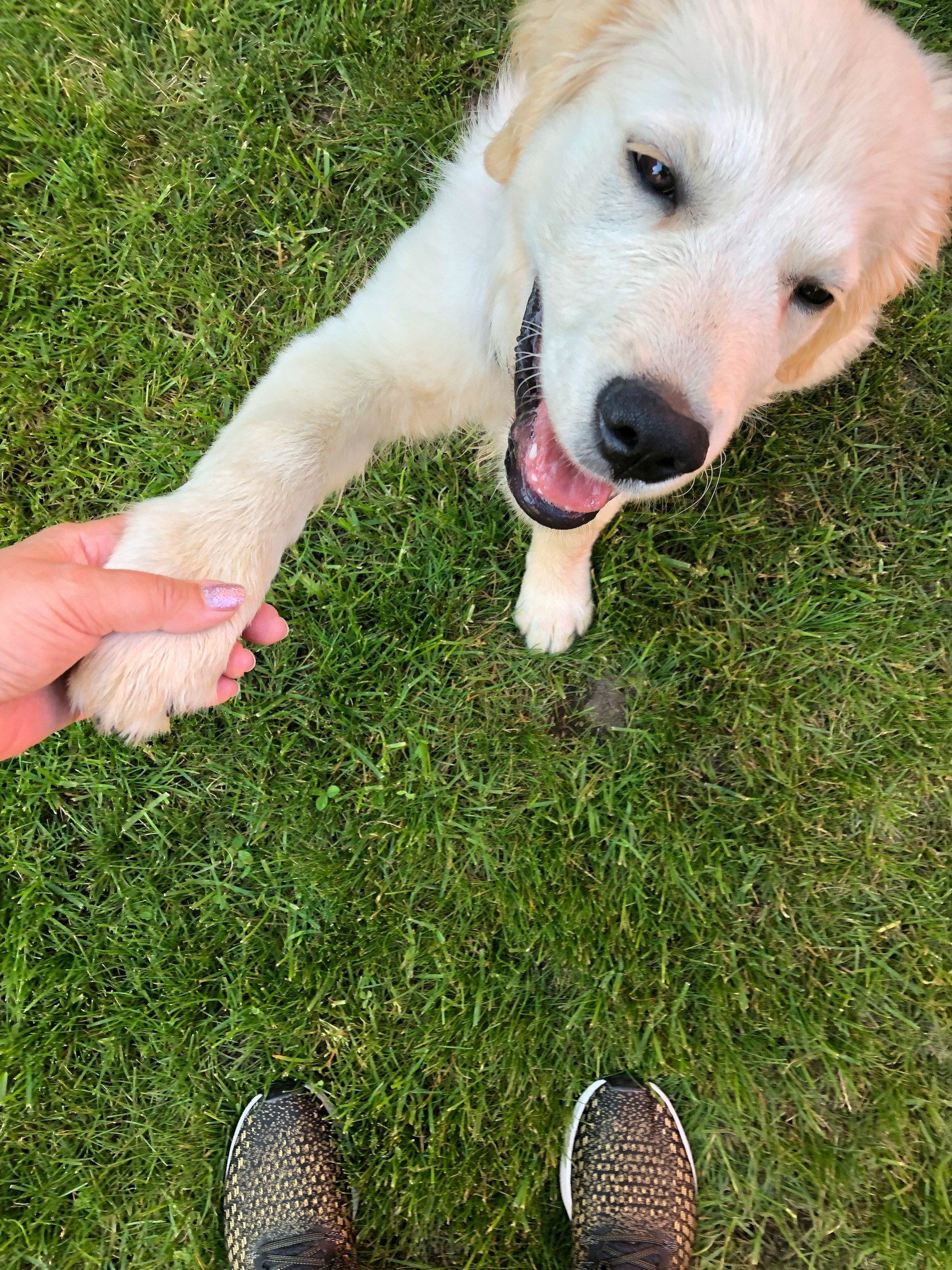Training a Dog with Positive Reinforcement
Positive reinforcement, positive training or rewards-based training. There are lots of terms out there to describe this method of training. It’s a technique that was developed in the 1940s by scientist, Burrhus Frederic Skinner (B. F. Skinner), something he called ‘operant conditioning.’

But what does that have to do with modern dog training? Many people took his methodology and have adapted it through the years. As a training method, positive reinforcement didn’t take off until much later.
So why use it? One study demonstrated that training using positive reinforcement can result in fewer stress-related behaviours and learning tasks faster. In another study using different training methods, “the professional use of a reward-focused training regime, as demonstrated by Control Group 2, was superior to E-collar and Control Group 1 in every measure of efficacy where there was a significant difference.”
If you’re curious about positive puppy training, this blog is for you!
What is positive reinforcement?
Despite how it sounds, positive reinforcement isn’t all about letting your dog do what it wants. There is still a need to reinforce certain behaviours, discourage others and let a dog know what’s expected of them.
Perhaps the easiest way to describe it is this - a training method that positively reinforces something following an action. So, as an example:
Your dog is very food-driven. During a training session, you are teaching them how to sit. Once they perform the action you would mark and treat. Giving them positive reinforcement that they have done something correctly. The next time you ask, they are more likely to perform the behaviour.
Using positive reinforcement with dogs
It’s important to remember that what works for one dog might not work for another. We need to consider breed, temperament and genetics. Your dog may be from a working background or at one time bred for an entirely different purpose. These will all have an impact on training.
If you are training your puppy yourself and you’re not getting the results you’d like, it’s worth reaching out to get professional help. Look for 1:1 training or classes in your area and give the trainer a call to see if they may be able to help.
Find a dog trainer in the UK:

What rewards can I use when training my puppy?
You’ll have some idea of what your dog likes and will respond best to. It needs to be something that will motivate your dog. If you’ve tried treats and they don’t seem bothered, here are a few things you can try:
-
Toys - use their favourite toy as a training tool. Some enjoy the anticipation of play.
-
High-value food - try different things and only use this when training (small bits of cheese, chicken or sausage can work wonders).
-
Praise - this might work for some dogs so it’s worth trying.
-
Petting - Sometimes you might use a combination of things, but certain dogs will enjoy being praised and petted as a means of reward.
Why is puppy training important?
Training your dog is vital, regardless of the breed or temperament. It gives your dog enrichment and stimulation. It also helps them become more well-rounded.
Puppy Training helps keep your pup safe, as it means you’re able to control your dog. It also strengthens your bond and helps them learn which behaviours you want from them.
Why is positive reinforcement important in dog training?
When you use positive reinforcement, it doesn’t mean you disregard bad behaviours. Your dog must learn what behaviours are ok, and which ones aren’t. However, teaching them this in certain ways can lead to your dog being afraid of you.
It can be hard to find the best way to communicate, but it’s important to remember that you must teach the behaviours you want. If there’s something you don’t want them to do, teach them what’s acceptable.
Example: You don’t want your dog to sit on the sofa. You tell them no, and once they get down, mark (by saying something like “yes” and reward this behaviour). Give them the treat as soon as they are down so they learn that the thing they are being rewarded for is not being on the sofa.
 Fear has been shown to only yield short-term results and can have an impact on your relationship with your dog and their welfare.
Fear has been shown to only yield short-term results and can have an impact on your relationship with your dog and their welfare.
There is a lot of science that supports that positive reward-based dog training is the most effective. When you’re using positive reinforcement, it makes training fun. It’s also a great way to build your bond with your puppy.
It can also help to build their confidence and encourage independent thinking.
How to get the most out of your dog training
1. Try to identify the cause of your dog’s bad behaviour – it could just be boredom, lack of exercise or even a previously reinforced behaviour. Understanding why your pet is misbehaving is key to combatting it.
2. Use one-word commands that are easy to understand. Like ‘sit’, ‘stay’, ‘come’ or ‘take’. This is a great place to start! Make sure you stick to the same command for the behaviour.

3. Create a routine. Being consistent helps when training.
4. Make sure that your pet is getting enough exercise. Recommendations for the amount of exercise will vary depending on the breed, but making sure they’re getting rid of their excess energy is key. Too much energy can lead to them being restless, anxious, and destructive.
6. Mental stimulation is incredibly important. Challenging your dog will help cure problems caused by boredom. You could try teaching them tricks, hiding things around the house for them to find or giving them things like food puzzles.
7. Feed them an approved diet and try to avoid feeding outside of mealtimes. What your dog eats will impact their overall behaviour. The wrong foods can cause lethargy or hyperactivity.
8. Get everybody in the household involved in the puppy training. This teaches your dog to always show desirable behaviours. Not just when you’re there!
9. Make sure you recognise desirable behaviour and praise them. It’s a good idea to praise their relaxation or at times they are doing something you want them to continue doing.
10. If you notice an undesirable act, resist punishing them. Avoid rewarding your dog by giving them attention when they’re misbehaving. If you need to interact, give them a firm command and redirect. Try to teach them what you want them to do instead.
Overall, you need to be patient and consistent with your positive reinforcement puppy training.
It won’t happen overnight, but you will reap the rewards long-term with a well-rounded pet. Practice makes perfect, and positive reinforcement equals one happy pup!